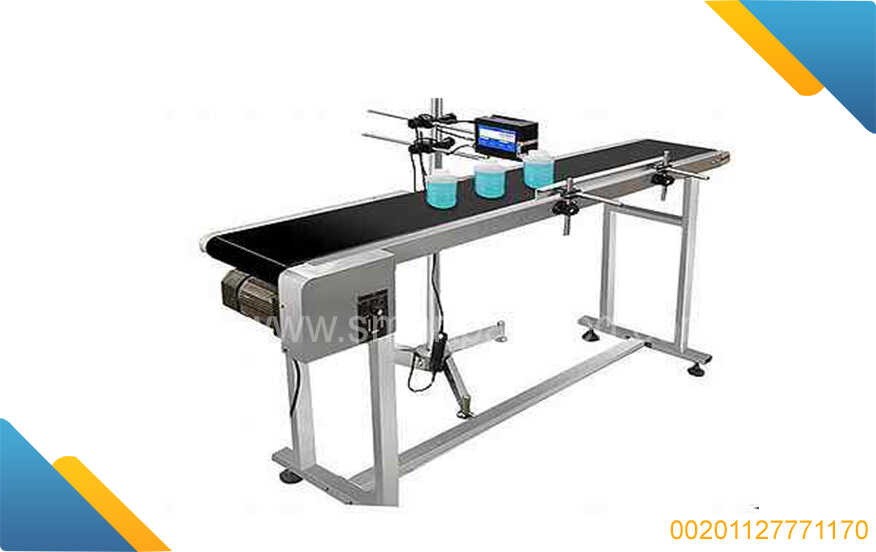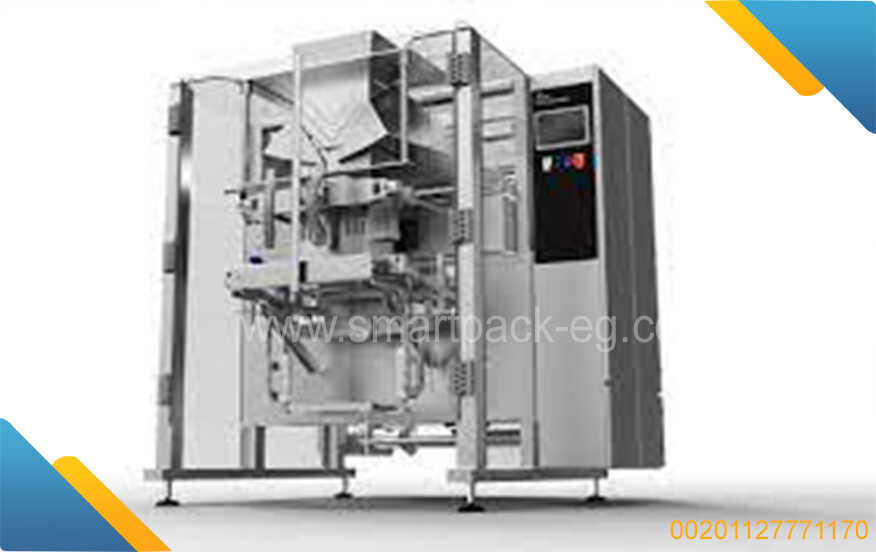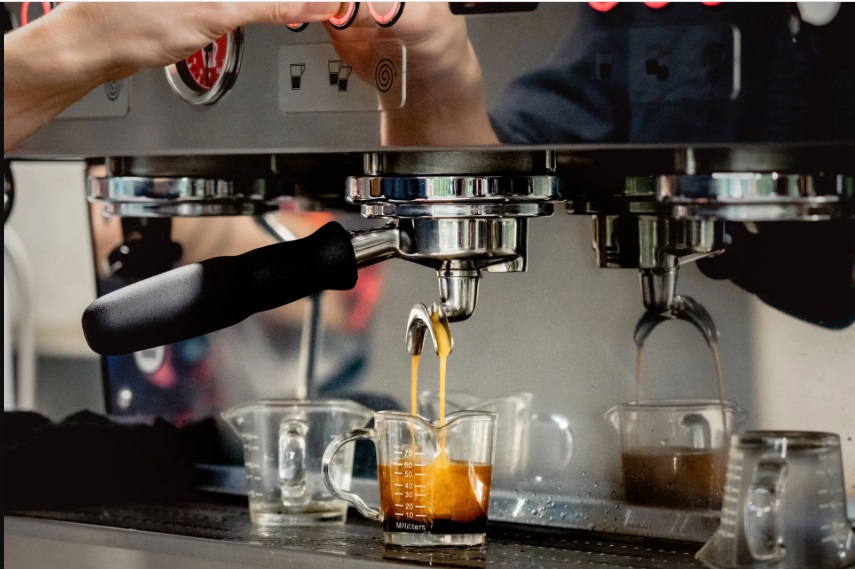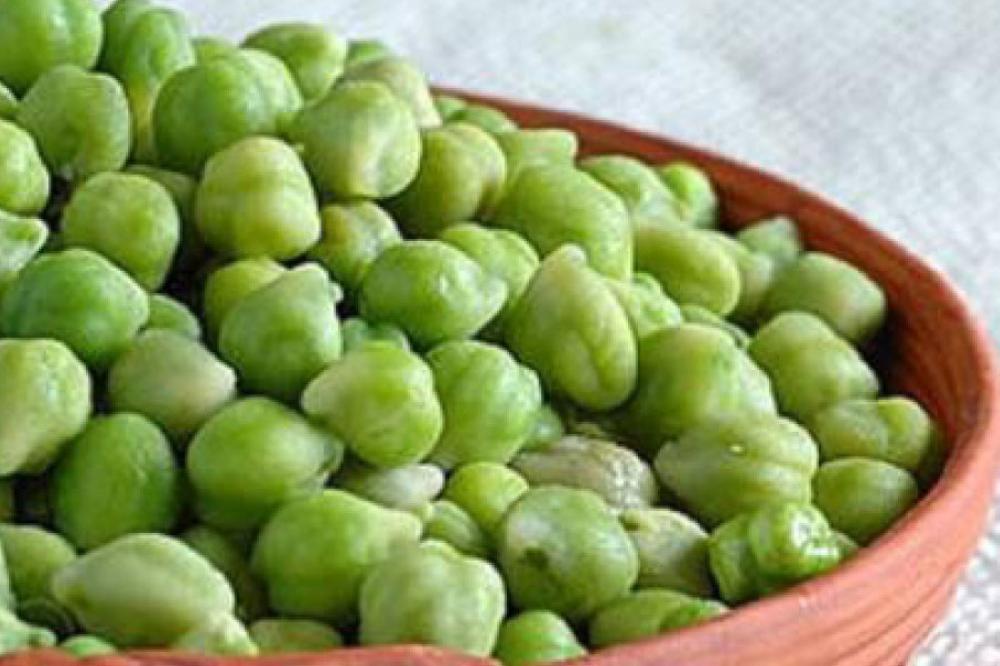Title: A Comprehensive Guide to Pasta and Product Filling and Packaging Machines
Introduction:
As a lover of pasta, learning about the different types, cooking methods, and even the machinery behind its production can be an interesting endeavor. In this guide, we will explore the fascinating world of pasta and delve into the workings of product filling and packaging machines.
Table of Contents:
-
Types of Pasta
-
Cooking Pasta to Perfection
-
The Art of Pasta Making
-
Introduction to Product Filling and Packaging Machines
-
How Filling Machines Work
-
How Packaging Machines Work
-
Conclusion
-
Types of Pasta:
Pasta comes in a variety of shapes and sizes, each with its own unique qualities and history. From the classic spaghetti to penne, macaroni, fusilli, and beyond, every shape has its own purpose and pairs perfectly with different sauces. Exploring the world of pasta types can be an exciting culinary adventure!
- Cooking Pasta to Perfection:
Cooking pasta may seem simple, but there are a few key steps to ensure your pasta turns out al dente and delicious every time. From choosing the right pot and water ratio to adding salt, cooking times, and techniques for testing pasta doneness, we will cover it all.
- The Art of Pasta Making:
Making pasta from scratch is a true art form. We'll provide a beginner-friendly guide on creating homemade pasta dough, rolling and cutting it into various shapes. You'll learn about the different types of pasta machines available, such as manual vs. electric models, and the techniques for achieving that perfect consistency.
- Introduction to Product Filling and Packaging Machines:
Product filling and packaging machines revolutionize the efficiency and accuracy of pasta manufacturing processes. These sophisticated machines automate the filling process while maintaining consistent portion sizes, improving productivity, and meeting high quality standards. Let's dive into how these machines work.
- How Filling Machines Work:
Filling machines are responsible for precisely measuring and filling pasta into packaging containers. They utilize various mechanisms, such as volumetric fillers or weigh fillers, to ensure accurate portioning. These machines can handle various types of pasta, including short or long shapes, and can be customized to fit the specific needs of manufacturers.
- How Packaging Machines Work:
After the pasta is filled into containers, packaging machines take over to seal and package the product. These machines offer flexibility in packaging options, including bags, pouches, boxes, or even individual portions. They employ mechanisms like heat sealing or vertical form-fill-seal technology to ensure optimal freshness and shelf life of the product.
Conclusion:
Understanding the ins and outs of pasta, from its different types to cooking techniques and pasta-making processes, opens up a world of culinary possibilities. Moreover, gaining insight into the complex workings of product filling and packaging machines offers a glimpse into how large-scale pasta manufactures meet consumer demands in an efficient and consistent manner.
So go ahead, indulge in the delicious world of pasta and appreciate the intricate machines that bring this beloved food to our tables!

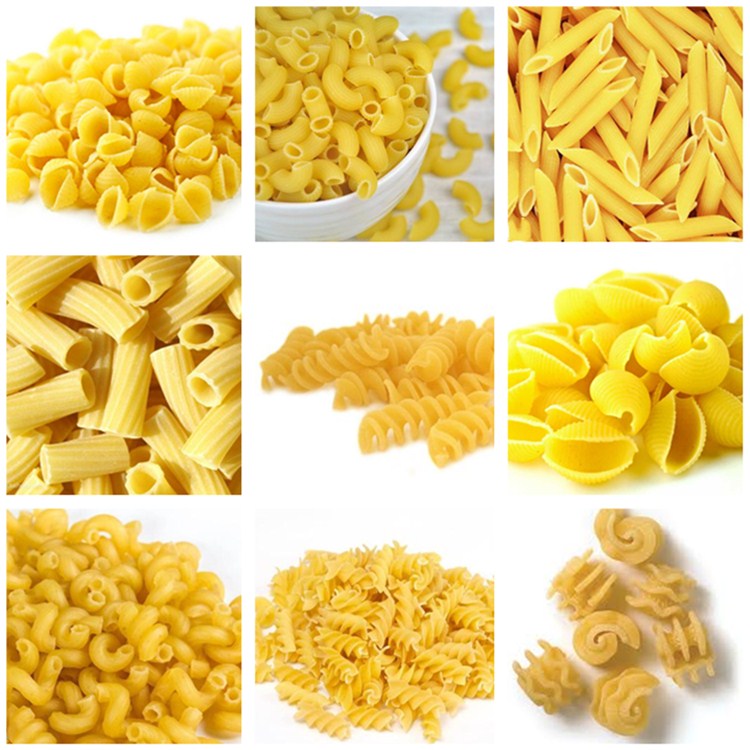
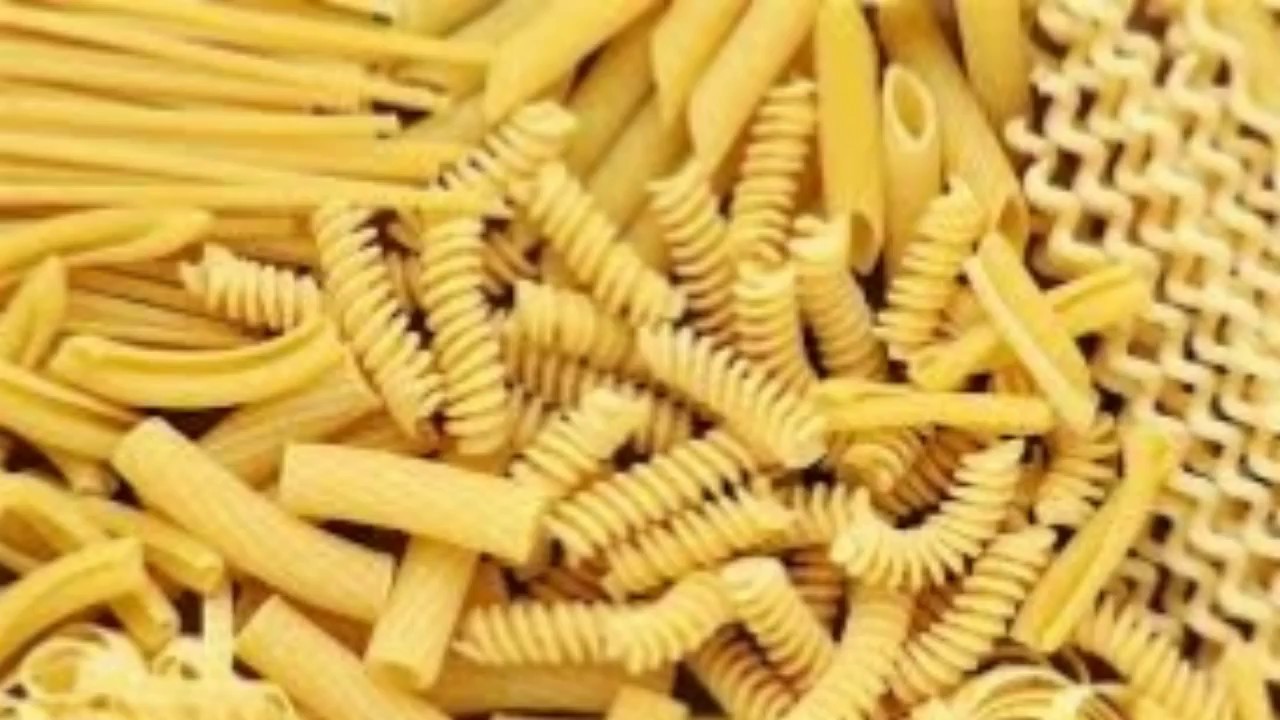
 Admin
Admin 